After mastering the animation of living creatures in 1937’s Snow White and the Seven Dwarfs, Disney faced the extraordinary challenge of following that up with an equally successful and innovative film that would draw in audiences and push artistic boundaries. But Pinocchio wasn’t the box office hit Disney hoped it would be. Film historians have speculated that this was partially due to World War II cutting off the European and Asian markets in the early 40’s, but Pinocchio’s success at the time was still felt within Hollywood. It met positive critical reviews, many of which praised its huge innovative leaps as it experimented with the movement of non-living objects such as cuckoo clocks, vehicles, and water to create dynamic, lively environments around the characters.
This was also the period where Disney were starting to consider what types of messages they wanted their films to deliver to children, and as a result the character and story arcs have much clearer form here than they did in Snow White. Pinocchio’s primary moral lesson takes the position that becoming a better person makes you more human, or more “real”, which in turn rewards you with the recognition that you matter and have something to contribute. As Roger Ebert stated in his review of the film, “at a very deep level, all children want to become real and doubt they can”.
It would be easy to take for granted a small moment of moral complexity that takes place towards the start of Pinocchio. When Jiminy Cricket tries to pinpoint the difference between good and bad, he finds himself a little lost for words.
“Temptations. They’re the wrong things that seem right at the time, but… even though the right things may seem wrong sometimes, sometimes the wrong things may be right at the wrong time or… visa versa.”
Not exactly a tidy turn of phrase, but Jiminy Cricket, acting in his role as Pinocchio’s conscience, does highlight just how difficult the puppet’s path will be. The difference between aiming to do good and actually doing good is far muddier than Pinocchio would hope.
The movie shows its age a little later on as it turns towards an old-fashioned conservative view of ethics. “Look at yourself! Smoking! Playing pool!” Jiminy Cricket exclaims, as if every piece of fun Pinocchio has is equally destructive. It gets even more twisted when the naughty boys start turning into donkeys, as if they deserve this overly harsh discipline.
But Pinocchio isn’t alone in this use of moral chastisement. Movies like Willy Wonka and the Chocolate Factory also use over-the-top repercussions to punish bad behaviour, and the basis for this stretches further back to Grimms’ Fairy Tales. This impartment of morals through storytelling works not just in spite of its extremity, but because of its extremity, as it clearly draws the line between good and bad actions, and their good and bad consequences. For every child that gets nightmares from these dark stories, there is another that is innocently intrigued by them.
The metaphors in Pinocchio are some of Disney’s best, using the “strings” in the song “I’ve Got No Strings” to denote the infant stage of life where parents have complete control over their children’s decisions. Pinocchio’s transition to a real boy extends that further, mirroring a child’s growing independence as they prove they can be trusted with more responsibility. The child must figure right from wrong, safety from danger, and also realise that sometimes these distinctions aren’t so simple.
“What does an actor want with a conscience anyway?” laments Jiminy Cricket, poking fun at the same Hollywood system that gave birth to this film. But he is also deliberating over the loss of integrity in those who find success – and on another level, what becomes of those who lose their identity by adopting an “act” and moving away from their moral centre.
The final act of the film takes a sudden turn into a full-fledged adventure, momentarily moving away from the smaller steps of Pinocchio’s emotional journey so that he can prove himself in one large heroic action, rescuing Geppetto from the belly of a whale. Jiminy Cricket is sadly relegated to the background here, but it is clear that this section is intended to be the culmination of the animators’ achievement rather than a cerebral rumination over ethics. The moving water, wind, and sea creatures sweep us up in this journey, and in this moment we feel fully involved in the action and characters. Pinocchio becomes real, Geppetto gains a son, and Jiminy has achieved his purpose as a conscience.
I find that Pinocchio holds a charm more persistent than so many other classic Disney animations. The cacophony of cuckoo clocks and the ocean sequence stand out as two of the most excitingly animated scenes of Disney’s early years, and still hold up today as some of the company’s strongest technical work. Its embedded darkness appeals to childrens’ search for definitive guidelines in nightmarish ways, while introducing the idea that there is also a little more to ethics than always having one right and one wrong option. By the end you would be forgiven for brushing over the fact that the plot is a little uneven, because where Pinocchio excels, it is truly outstanding.












